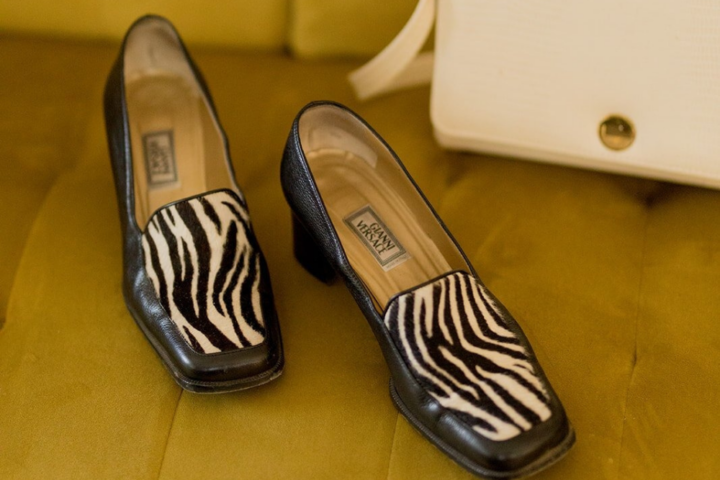The fashion industry has a reputation for rapid trends, overproduction, and wastefulness, often at the expense of the environment. However, a new movement within the industry is gaining traction, centered around the concept of adjustable sizing. This innovation not only appeals to a broader range of body types and personal preferences but also aligns with the growing demand for sustainability in fashion.
Understanding Adjustable Sizing
Adjustable sizing refers to garments designed with features that allow them to adapt to different body shapes and sizes. This might include clothing with adjustable waistbands, straps, or other mechanisms that enable a single garment to fit a variety of body types. The concept challenges the traditional notion of static sizes—small, medium, large, etc.—by offering more flexibility and personalization.
The benefits of adjustable sizing are manifold. For consumers, it means fewer returns due to size mismatches and a more comfortable, customized fit. For the industry, it reduces the need for producing a wide array of sizes, cutting down on material waste and excess inventory.
Environmental Impact
One of the most significant advantages of adjustable sizing is its potential to reduce fashion’s environmental footprint. Traditional fashion models rely heavily on mass production, which often leads to unsold inventory that contributes to waste. Adjustable garments, however, can serve multiple size needs, meaning fewer pieces need to be produced overall.
Moreover, adjustable sizing can extend the lifespan of clothing. As people’s bodies change over time due to weight fluctuations, aging, or other factors, garments that can adapt to these changes are less likely to be discarded. This adaptability promotes the reuse and recycling of clothing, key components of a circular fashion economy.
Economic Implications
From an economic standpoint, adjustable sizing offers potential cost savings for both manufacturers and consumers. Brands can benefit from lower production costs as they may not need to produce as many different sizes. Consumers, on the other hand, might find that investing in adjustable garments reduces the frequency of their purchases, as these pieces remain useful for longer periods.
Additionally, adjustable sizing can democratize fashion by making clothing more inclusive. Traditional sizing often excludes individuals who fall outside the standard range, but adjustable clothing can cater to a broader audience, fostering greater brand loyalty and customer satisfaction.
Challenges and Opportunities
While the benefits are clear, the shift to adjustable sizing is not without its challenges. Designing adjustable garments that are both functional and stylish requires attention to detail and creativity. There may also be resistance from consumers accustomed to traditional sizing models or from brands hesitant to change their production processes.
However, the opportunities far outweigh the challenges. As consumer awareness of environmental issues grows, so does the demand for sustainable products. Brands that embrace adjustable sizing can position themselves as leaders in sustainability, attracting eco-conscious consumers and setting new industry standards.
The Future of Fashion
Adjustable sizing represents more than just a trend; it’s a step towards a more sustainable, inclusive, and efficient fashion industry. As brands continue to innovate and consumers increasingly prioritize sustainability, adjustable sizing could become a new norm.
In the long run, this shift could contribute to a broader transformation in the fashion industry, one that balances style with sustainability and responds to the diverse needs of consumers. Embracing adjustable sizing is not just a practical choice—it’s a necessary one for the future of fashion.
Conclusion
The shift towards adjustable sizing is a promising development in the fashion industry’s ongoing journey toward sustainability. By embracing this approach, the industry can reduce waste, appeal to a broader range of consumers, and foster a more responsible and inclusive fashion culture. As we look to the future, adjustable sizing may well become a cornerstone of sustainable fashion, driving the industry towards a more ethical and environmentally friendly model.





